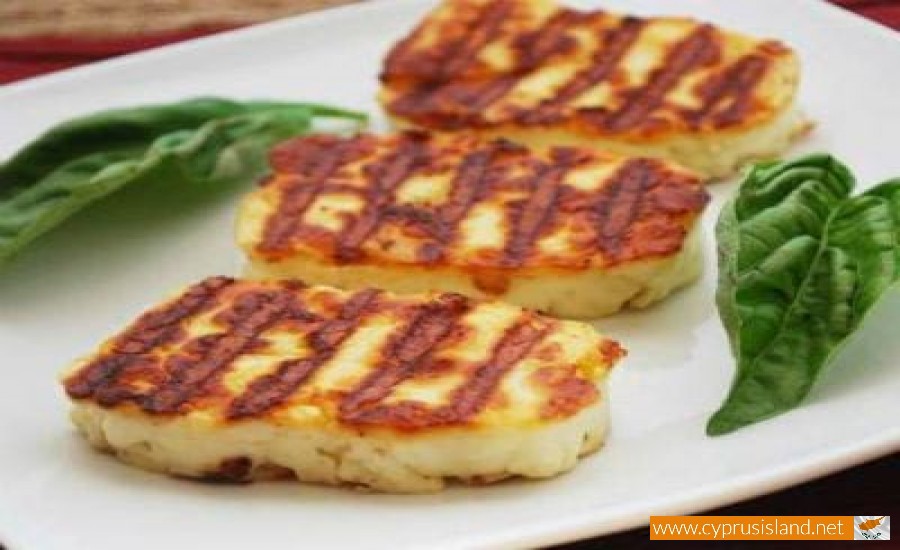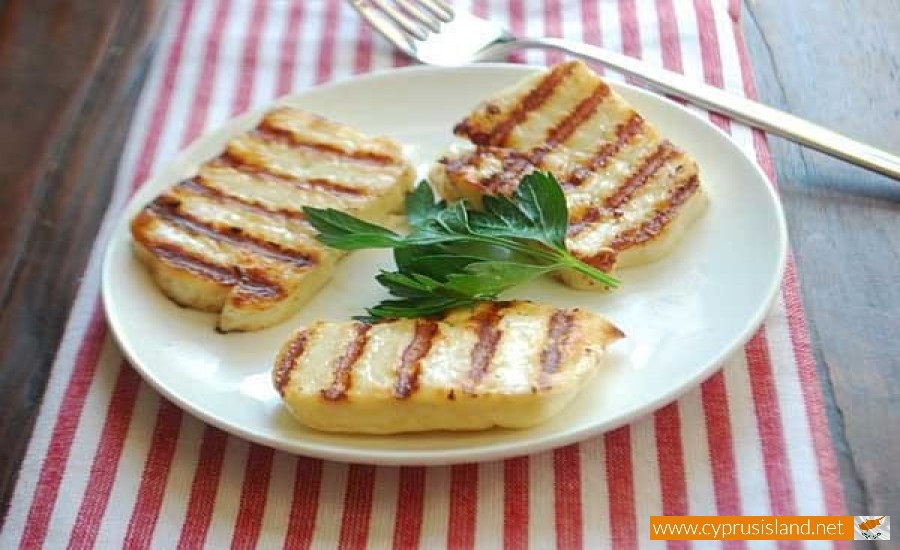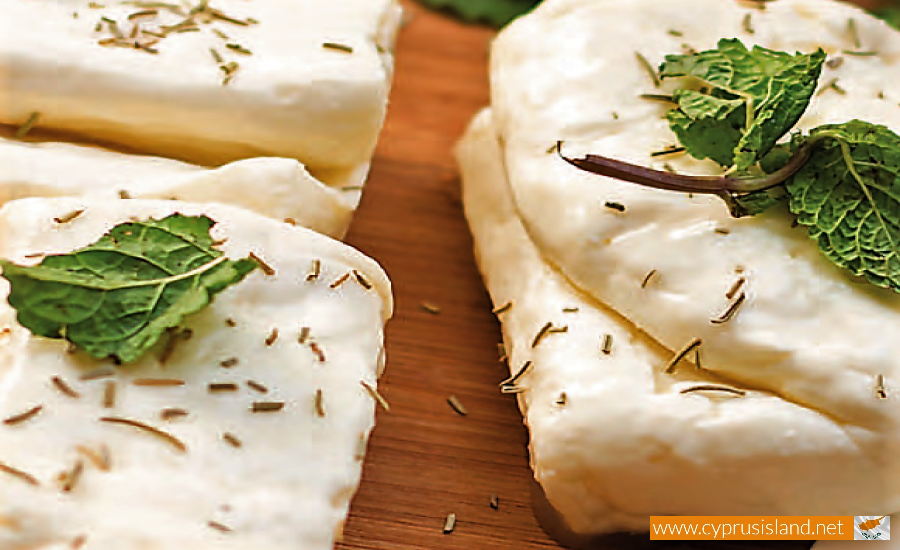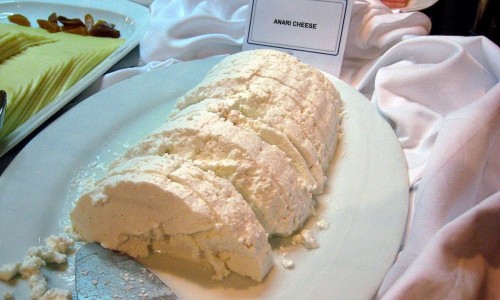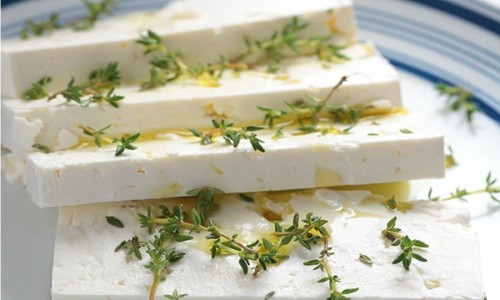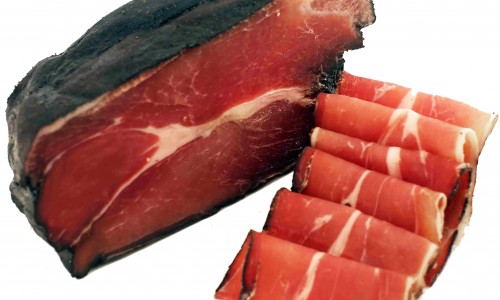Halloumi Cheese
Halloumi, often referred to as the "cheese of Cyprus," is a semi-hard, brined cheese with a distinctive texture and flavor that has captured the hearts of food lovers around the world. Known for its unique ability to be grilled or fried without melting, halloumi is a versatile ingredient that can be enjoyed in countless ways.
Halloumi is a traditional Cypriot cheese made from a blend of sheep's and goat's milk, though cow's milk is also used in some modern variations. It has a firm, layered texture, similar to mozzarella, and a salty, tangy taste that sets it apart from other cheeses. When cooked, it develops a crispy, golden-brown crust while remaining soft and chewy on the inside, making it perfect for grilling, frying, or even barbecuing.
The production of halloumi involves a meticulous process that has been passed down through generations:
- Coagulation: The milk is heated and curdled using rennet, forming curds that are then separated from the whey.
- Cooking: The curds are boiled in their whey, which gives halloumi its distinctive, resilient texture.
- Brining: The cheese is salted and placed in a brine solution, which helps preserve it and enhance its flavor.
- Folding and Storage: Halloumi is traditionally folded into a half-moon shape before being stored, often with a sprig of mint for added aroma.
Halloumi’s popularity extends far beyond the shores of Cyprus, thanks to its unique characteristics:
- High Melting Point: Unlike most cheeses, halloumi can be grilled or fried without melting, making it a perfect addition to various dishes.
- Distinctive Flavor: Its salty, tangy taste pairs well with both savory and sweet flavors, allowing for endless culinary possibilities.
- Versatility: From salads and sandwiches to barbecues and mezze platters, halloumi can be served in many different ways.
If you’re looking to explore the versatility of halloumi, here are some popular ways to enjoy it:
- Grilled Halloumi: Simply slice and grill until golden brown. Serve as a side dish, in a salad, or on a burger.
- Fried Halloumi: Fry slices in a hot pan for a crispy exterior. Add a drizzle of honey for a sweet and salty contrast.
- Halloumi Salad: Mix grilled halloumi with fresh greens, tomatoes, cucumbers, and a light vinaigrette for a refreshing salad.
- Halloumi Skewers: Alternate pieces of halloumi with vegetables on skewers and grill them for a delicious barbecue treat.
The Cultural Significance of Halloumi In Cyprus, halloumi is more than just a cheese; it's a symbol of heritage and tradition. It is often served as part of a mezze platter, alongside olives, fresh vegetables, and other local specialties. Families across Cyprus take pride in their homemade halloumi recipes, with many continuing the tradition of making it by hand.
If you're visiting Cyprus, you’ll find halloumi in almost every restaurant, café, and supermarket. It’s also commonly sold at local markets, where you can purchase fresh, handmade halloumi. Be sure to try it in a traditional Cypriot breakfast, where it's often served with fresh bread, tomatoes, and watermelon. Halloumi is a true taste of Cyprus, bringing the island’s rich culinary tradition to life. Its unique flavor, versatility, and cultural significance make it a must-try for anyone visiting the island or exploring Mediterranean cuisine.


